Coffee Dictionary
-
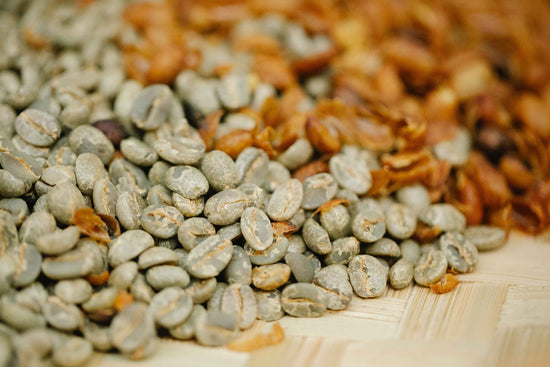
Arabica
Characteristics of arabica include less caffeine, acidic, oval in shape, pale-green in color, high demand of arabica and the amount of process in the making, means it is more expensive than robusta coffee.
-
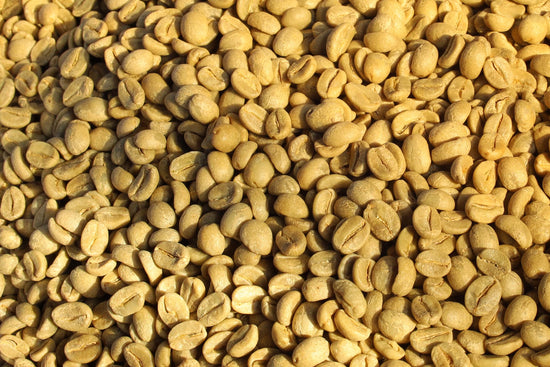
Robusta
Characteristics of robusta includes more caffeine, bitter, round in shape, yellow-brown in color, robusta’s higher yield (can yield coffee twice in a year, whilst arabica only once in a year), means it’s cheaper than arabica coffee.
-
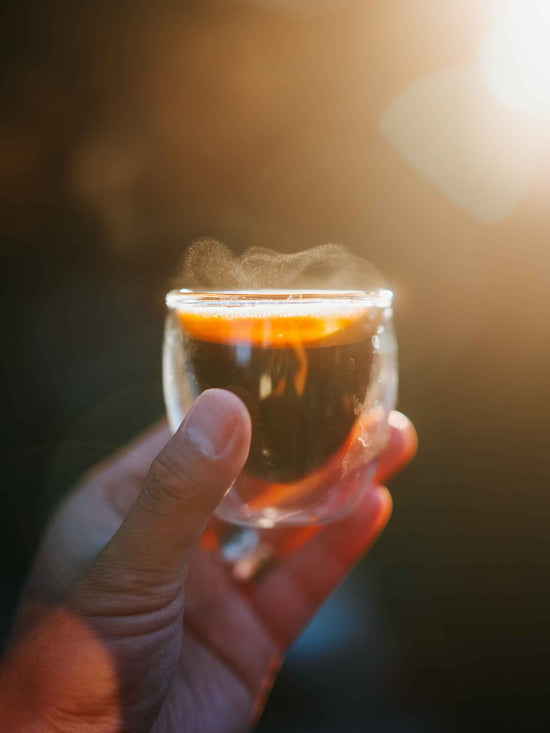
Specialty grade coffee / third-wave coffee
This coffee industry approach is prioritizing sourcing, sustainability on top of high quality coffee produce. Specialty grade coffee is a coffee that is hand-picked and sorted red-cherries only ( red-cherry coffee fruit indicate ripeness but it is known for it’s high in sugar acids, organic acids that contribute to coffee’s flavor ), the coffee is scored 80 by using SCA’s Cupping Standards by a certified coffee copper and the roasting process is properly done using a professional equipment not underdeveloped and no defect such as tipping or scorching. ⅓ of coffee production is specialty grade coffee.
-
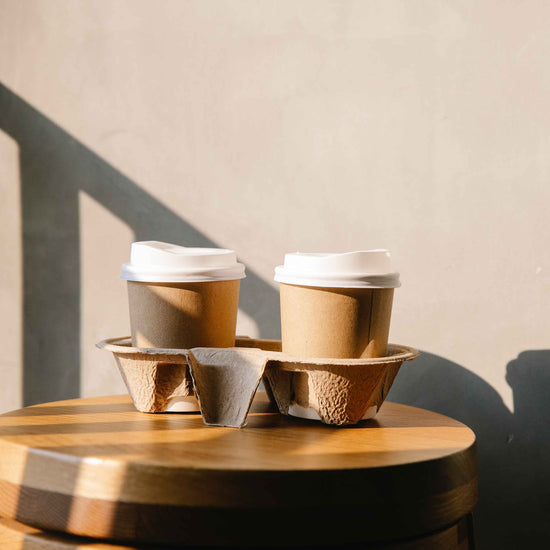
Commodity grade coffee
This industry prioritizes quantity over quality. Most often associated with low quality coffee, 2nd grade, commodity grade and etc. . The processing in this industry lacks extensive care and quality control such as hand-picking the cherries, sorting of the green beans and the cupping score is less than 80 using SCA Cupping Standards. ⅔ of coffee production is commodity grade coffee.
-
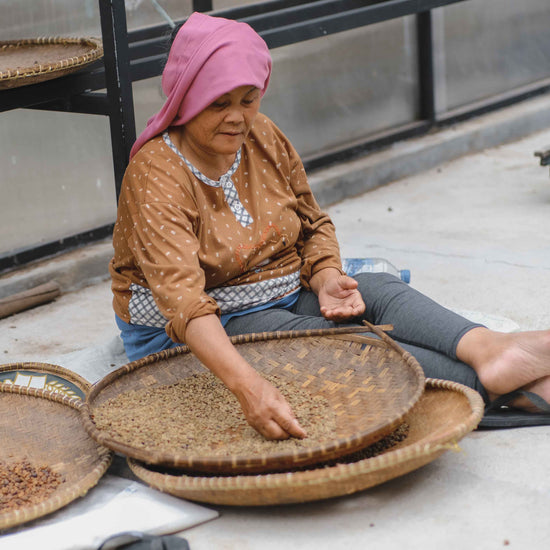
Single Origin
A coffee produce that is sourced from one specific coffee producing villages or regions.
Example: Coffee from Desa Sastra, Banjar Sanda, Kintamani, Bali.
-
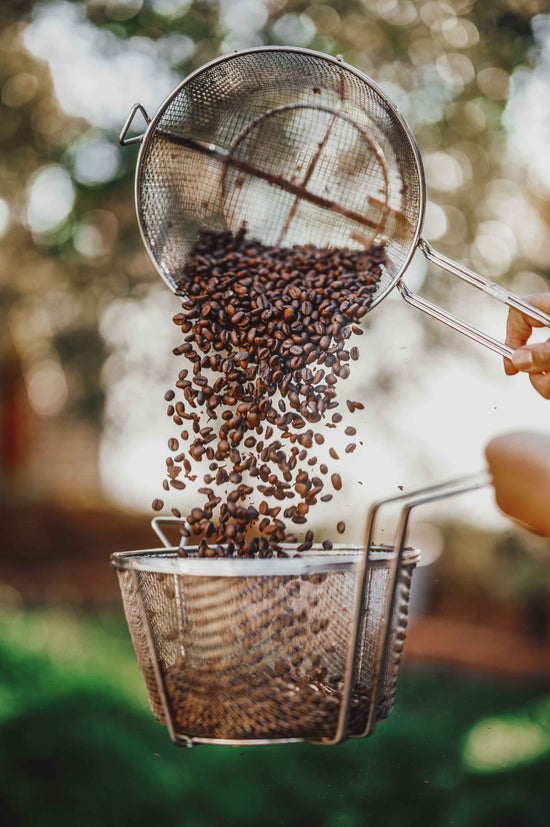
Roasting
A process of further developing the complex chemical composition of raw coffee beans into a simpler composition. This is a process that develops sugar and acids into creating a unique characteristic that each coffee possesses using heat.
-
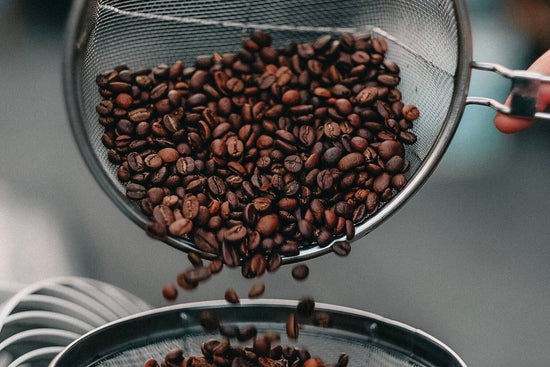
Medium-Roast
Beaneka uses medium-roast coffee beans as it is a neutral and balanced approach for consumers to be able to enjoy the acidity, body and aftertaste of each coffee.
-
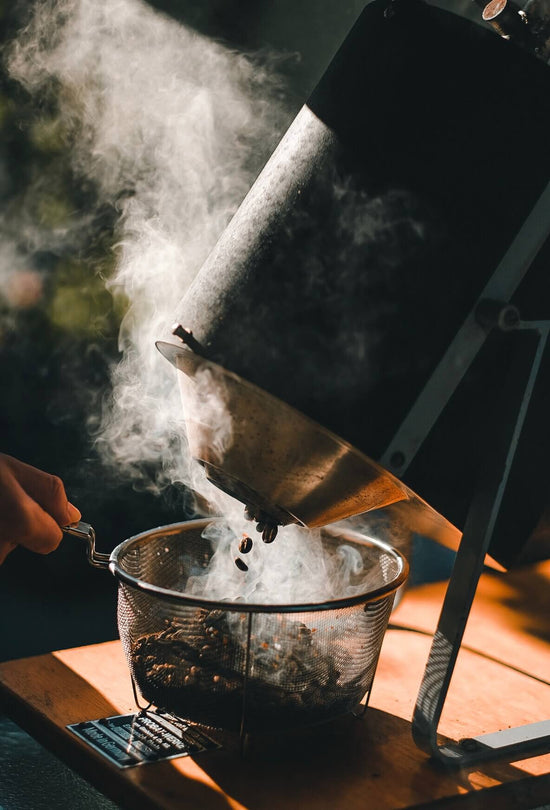
Microlot / Micro-roasting
An approach of producing or roasting coffee in a small quantity, making it more controllable and producers use this process usually for experiments or to approach higher quality of coffee.
-
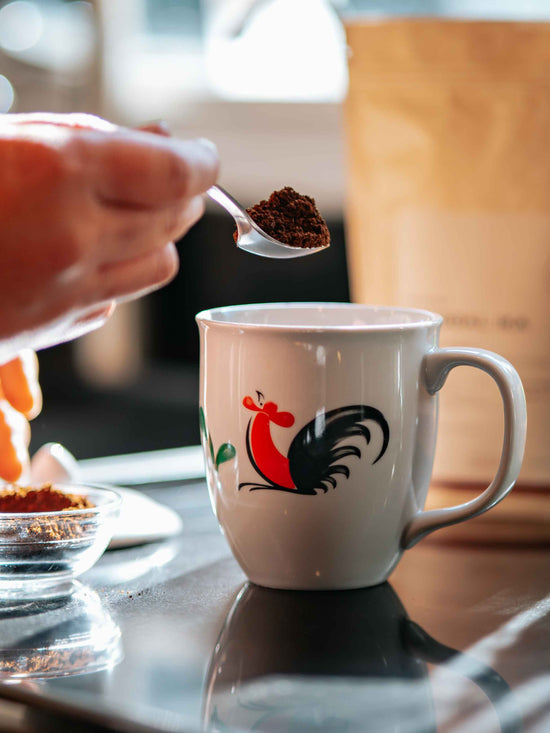
Kopi Tubruk
A traditional method of brewing coffee in Indonesia. This method requires no brewing equipment rather just hot water of 200 F and a medium fine ground coffee. Convenient and practical for those who are travelling without their coffee equipment. It is similar to coffee cupping process.
-
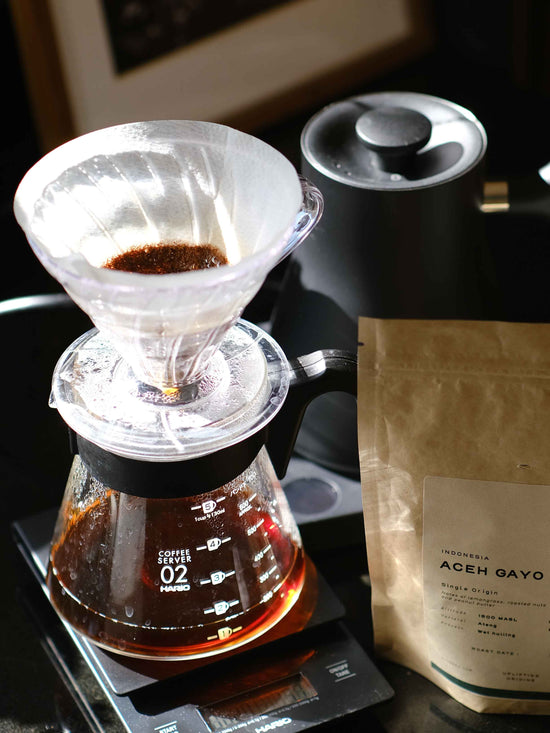
V60
A method of brewing coffee through passing hot water of 200F through a medium ground coffee that is set in a cone shaped filter. This method is often regarded as producing bright acidity and taste, smooth and less viscous texture coffee drinks.
-
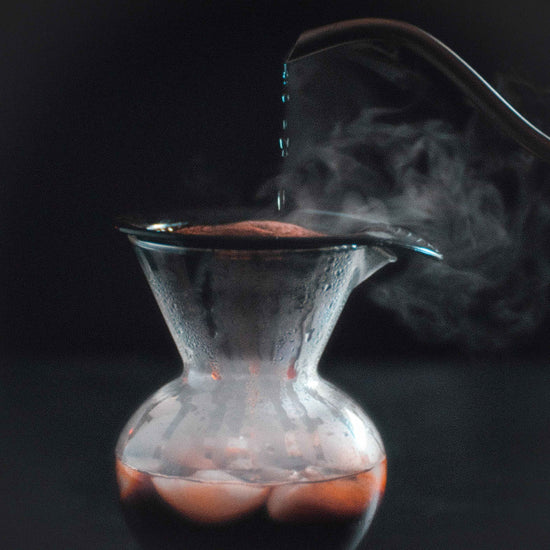
Japanese Cold Drip
Japanese brewing coffee with hot water quickly dissolves the desired flavors and aromatics in ground coffee. This allows us to extract the range of unique coffee notes without having to wait for hours. The coffee cools instantly as it is poured into the ice. This rapid cooling locks in the flavors and the aromas.
-
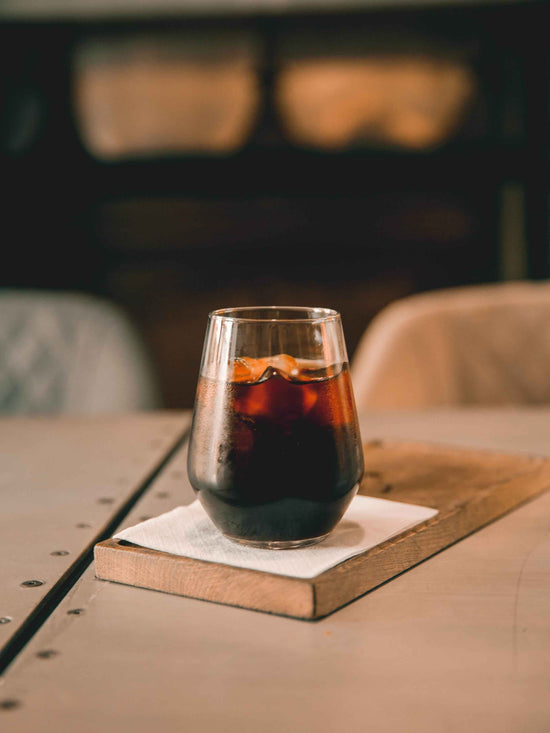
Cold Brew
Unlike V60 or Japanese cold drip, the cold brew is an immersion brewing method that requires coarse ground coffee to be immersed for 8-24 hours in a cold or room temperature water. However, this process eliminates most acidity as there is no hot water extraction involved.












